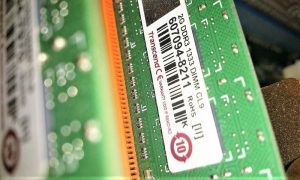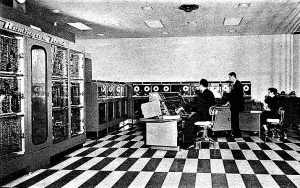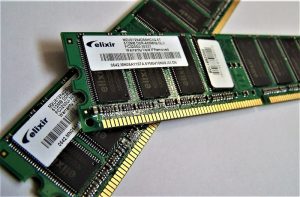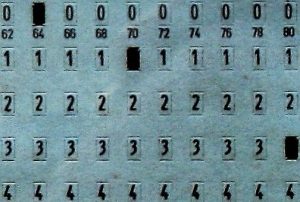Sixth generation of computers
Over the years, computer system has advanced so rapidly that the functions performed by computers and the speed of their operations have been significantly transformed. With each generation of computers, technological advances are becoming increasingly important. This time, the sixth generation of computers, which are known today, will be discussed.

- Date: Since 1990
- Inventors: Tim Berners-Lee
- Devices: Laptops, PDAs, mobiles
What is the sixth generation of computers?
It could be considered that the sixth generation of computers has its beginning at the end of the twentieth century and the beginning of the twenty-first century, without a completion date since it is still considered to be in development. In effect, the technological advances of the previous generation are maintained in order to improve and/or expand them. The devices generated have the common feature of being designed for personal consumption, which has led to simplification, but at the same time, they are capable of performing different functions.
Characteristics of the sixth generation of computers
- The adaptation to the new Internet system: From the development of the new tool which opened the doors to a necessary change in technology that was known until now, as was the Internet, a processor was required according to it, which is achieved by microprocessors that operate simultaneously, which promote progress regarding the capacity of computers of this generation.
- The need for the microprocessor to work: This microprocessor has more than one circuit. The use of the Large Scale Integration circuit (LSI) and the Very Large Scale Integration circuit (VLSI) was created, which later allowed each circuit to perform different assignments or functions.
- Advances in memory: The primary memory needs to be operated from chips. These manage to replace later what was being used (the memory of magnetic rings), by the memory of silicon chips, which are increased to a level of speed and efficiency.
- The micro and macro development of machines: It allowed a computer level extension, at micro level, with personal computers or PCs, laptops and operating systems for making smart phones, and also at the macro level, with supercomputers.
- The increase of Internet functionality: From its functionality is required to reach all possible places, which allowed the creation of wireless networks, such as Wi-Fi, Bluetooth and WiMAX.
- Multimedia advances: Two areas of association from the development of computer multimedia, which will allow the union of images or text with sound. The DVD (Digital Video Disk or Digital Versatiel Disk) is later established, forming a storage unit for video, image and sound content.
- Functionality according to devices at micro level: It was not only thought at the industrial level, but also at a more personal-functional level, which made it possible for computers to stop being so necessary and be simplified in devices such as tablets, smartphones, and other mobile devices, which had the possibility of performing some of the functions of a PC at a simpler and faster speed.
Inventors of the sixth generation of computers
Tim Berners-Lee: Computer scientist dedicated to working on the idea of a graphical browser user interface, in order to be able to navigate from texts connected to each other, generating a source of accessibility to the Internet. He develops the computer network called: Worldwide Web (WWW), which later becomes into the global information network, allowing users to connect with any type of information and content.
Featured computers of the sixth generation of computers
- Laptops: Device that had most of the functionality of a desktop computer, but with the utility of being able to be moved, allowing a daily use without the need to be in a fixed place. It also has a rechargeable battery, which allows its use without requiring a fixed electrical charge for a period of time stipulated.
- Pocket computers (PDAs): Pocket computers, Personal Digital Assistant, had the purpose of serving as a portable personal organizer, designed in a size easy to move and for specific purposes, such as calendar, notepad, reminders, among others.
- Multimedia devices: Devices that allowed the union of several areas, such as text, sound, animation and video, which contributes to a multi-sensitivity scope, since it was not possible to perform a single activity, but several as a whole. For example, the option of watching videos from a laptop is an example of this.
- Mobile Devices: These mobile devices or pocket computers had the functionality of being particularly small, allowing them to be moved on a day-to-day basis, however, they are capable of performing many of the functions of a PC, with memory and storage capacity and with connection to wireless networks, such as the Internet. This allows easy handling and great efficiency when using it.
How to cite this article?
Briceño V., Gabriela. (2019). Sixth generation of computers. Recovered on 3 January, 2025, de Euston96: https://www.euston96.com/en/sixth-generation-of-computers/









